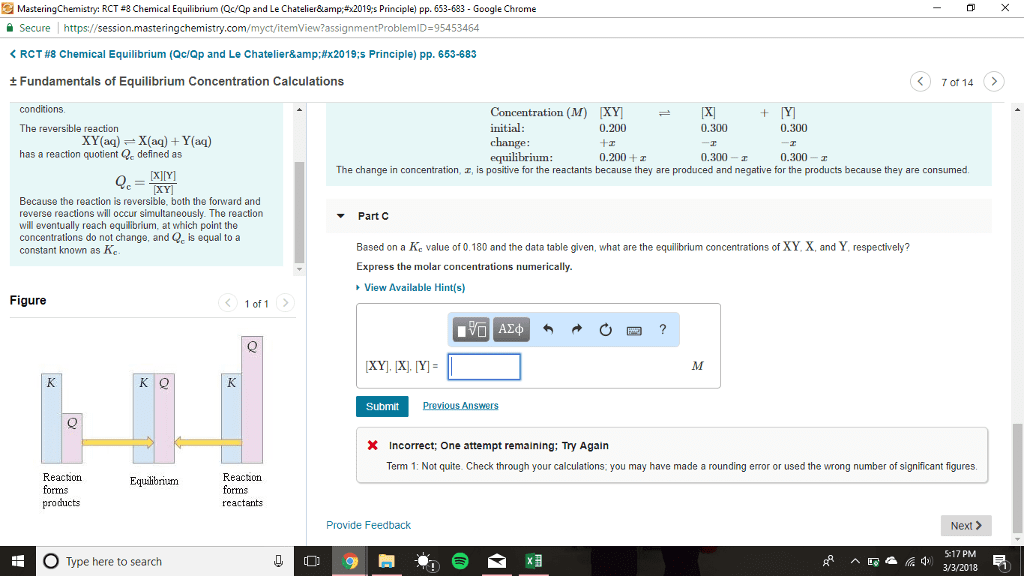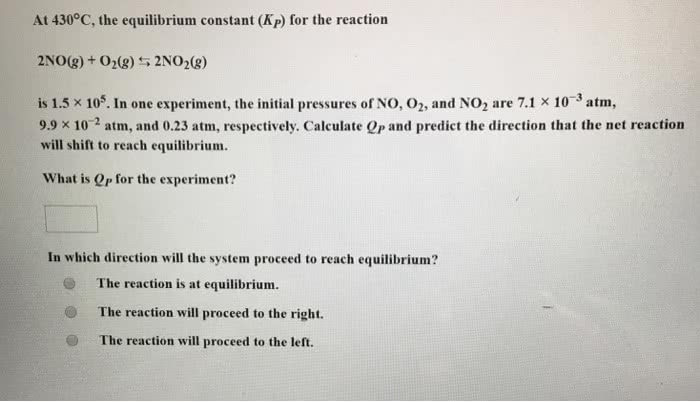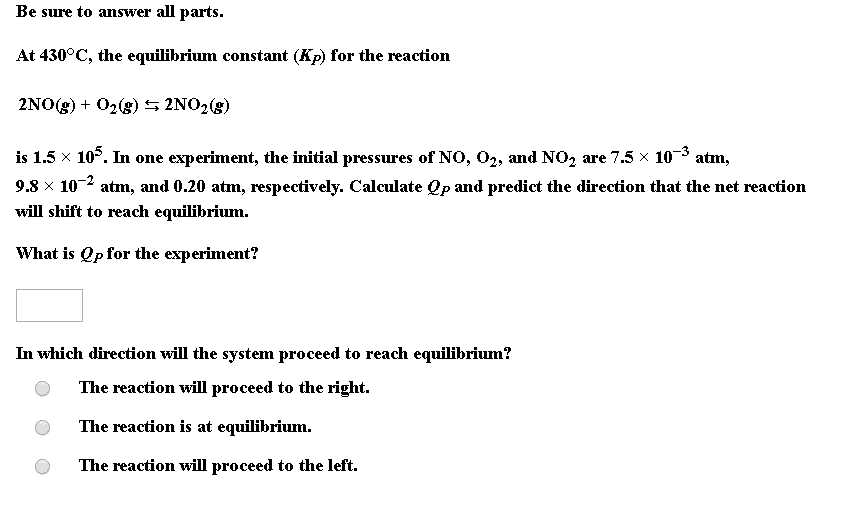CHM 145 Lecture Notes - Lecture 8: Inert Gas, Endothermic Process, Partial Pressure
Document Summary
Q, k, and the direction of a reaction. The reaction will shift to change the concentration values in order to reach equilibrium (k). Using q to predict shift direction: calculate qc using current concentration values, compare with kc to predict the direction the reaction will shift in order to attain equilibrium, when: Qc > kc system will shift toward reactants. May help to think of qc and kc as fractions. Or you can let the quik fish swim in the shift direction! If it is not at equilibrium, determine which direction the reaction will proceed. (kc = 5. 6) Heterogeneous equilibria: homogeneous equilibria involve reactants and products in the same phase. Examples: all gases or all in aqueous phase: heterogeneous equilibria involve reactants and products in more than one phase. Examples: phase change or decomposition reaction: concentrations of pure solids or liquids remain constant , so they are not included in k. Instead, they are incorporated into the overall k value.





